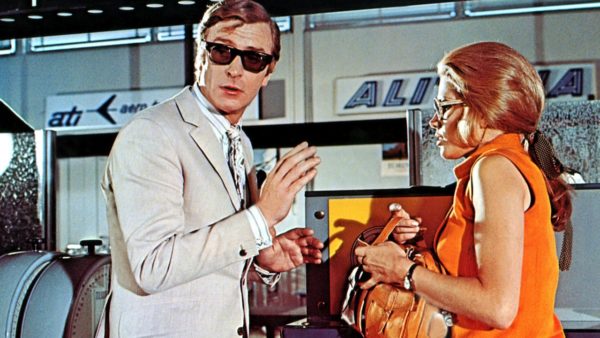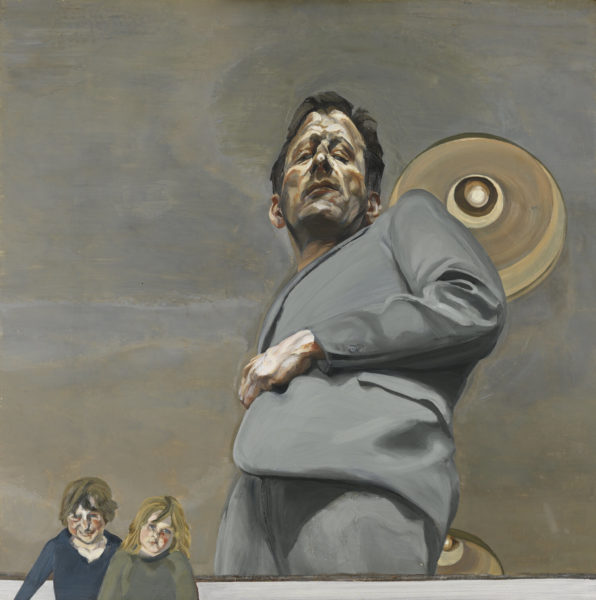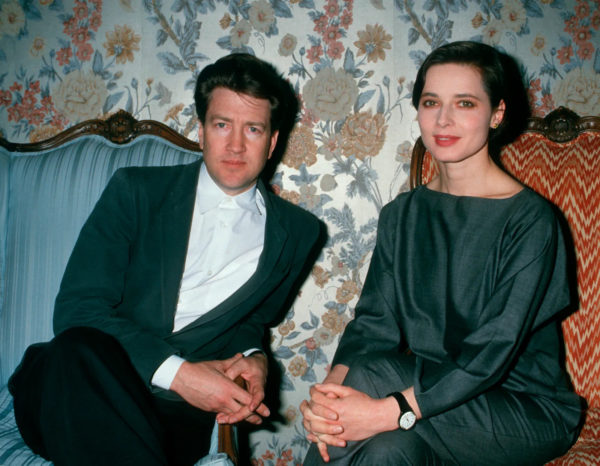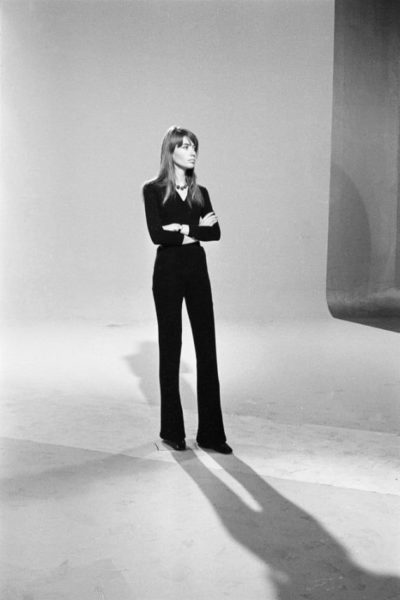Lost young men, shady fathers, nameless flâneurs, Modiano’s men float in the city and in their clothes. From one book to the next, they sketch a silhouette and a certain France.
“I am nothing, nothing but a pale silhouette, that evening, on the terrace of a café”. Writer of memory, Patrick Modiano is also the writer of fabrics. Among these, a certain preference for the Prince of WalesGlen Urquhart tile pattern overlaid with a window tile patte More: “his hands on the lapels of his jacket, a very loose Prince of Wales”, “a very tall man in a Prince of Wales suit, about thirty, black hair, a thin moustache. I really think it was me.”
Defeated emigrés, his characters hold on to their suits. Such is the case for Harold Howard, “dressed in a garnet turtleneck jumper, a thick tweedwoolen fabric, more or less rustic, woven with multicolored More jacket and very loose green velvetcotton fabric with a complex weave, it is composed of a simp More trousers”, Michel Axter, “wearing thick tortoiseshell spectacles, a red tweed jacket and a pipe”, Stioppa de Djagoriew, “wrapped in a lodenwoolen fabric on which the uniformly laid pile provides a na More cloak”, Freddie Howard de Luz, his “camel hairundercoat of the "bactrian" camel coming from the deserts of More and green scarf”.
These heavy fabrics mirror the crooks’ fine suits. Brossier, “mackintosh and old Tyrolean hat”, Vietti, “navy blue pinstripe suit”, Van Bever, “herringboneV-shaped decorative pattern obtained by reproducing, after i More coat, too big for him”, Rachman, “suit folded over his right arm, black briefcase in his left hand, looking like a salesman leaving home for a tour of the provinces”, Mérovée, wearing “a Sunday suit – those narrow-shouldered suits made by a tailor of the time, called Renoma”: “my father”, “the look of a defrocked priest”.
It is however his nameless young narrators for whom clothing most becomes a wall. “One of those old Canadian shearlings you could find at the flea market”; “his civilian suit – a grey flannel”, and a desire to find the right armour: “He would need a coat for winter and, above all, shoes. Yes, shoes with big crepe soles… with crepe soles you can’t fear anything or anyone”. Modiano’s own uniform takes shape: the tall, almost dandy-like young man in the leather coat and silkflexible and resistant thread produced by the larva of vario More scarf, black turtleneck and deep V-neck; the well-known writer in the flannel(English flannel, from Welsh gwlanen, wool) - fabric whipped More suit and Prince of Wales jacket; the Nobel Prize winner, his knitted polo shirts and his untied scarf.
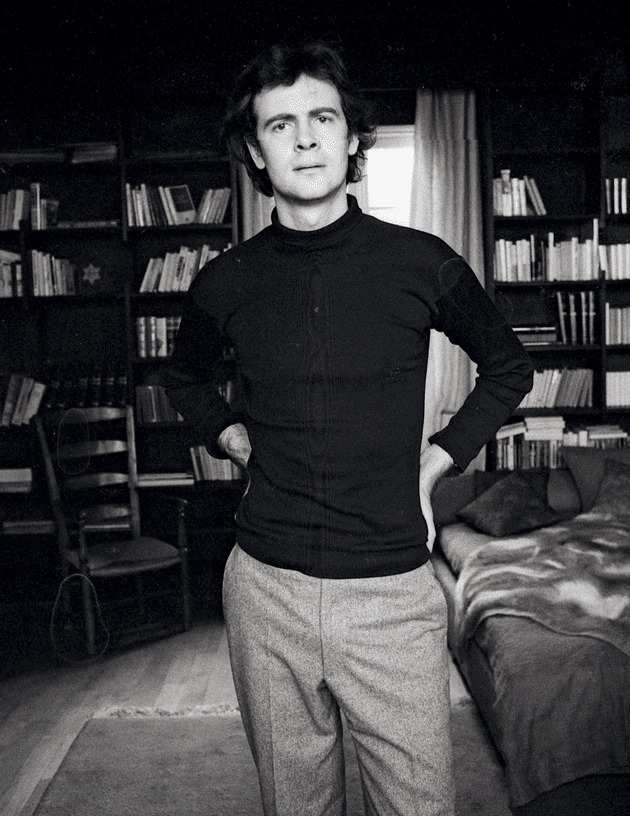
MODIANO, Patrick, writer. 1972.
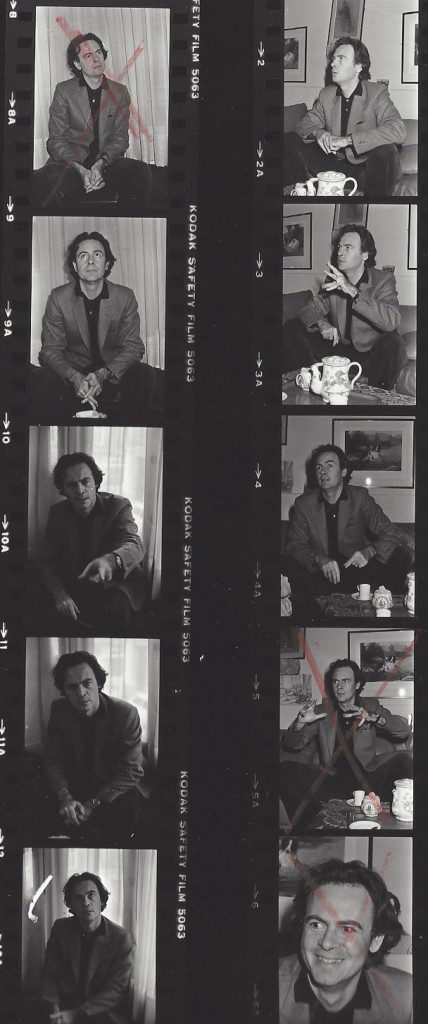
MODIANO, Patrick, writer. Press pictures. 1980s.

LE TAN, Pierre, art. Paris of my Youth. 1988.

LE TAN, Pierre, art. Missing Person.
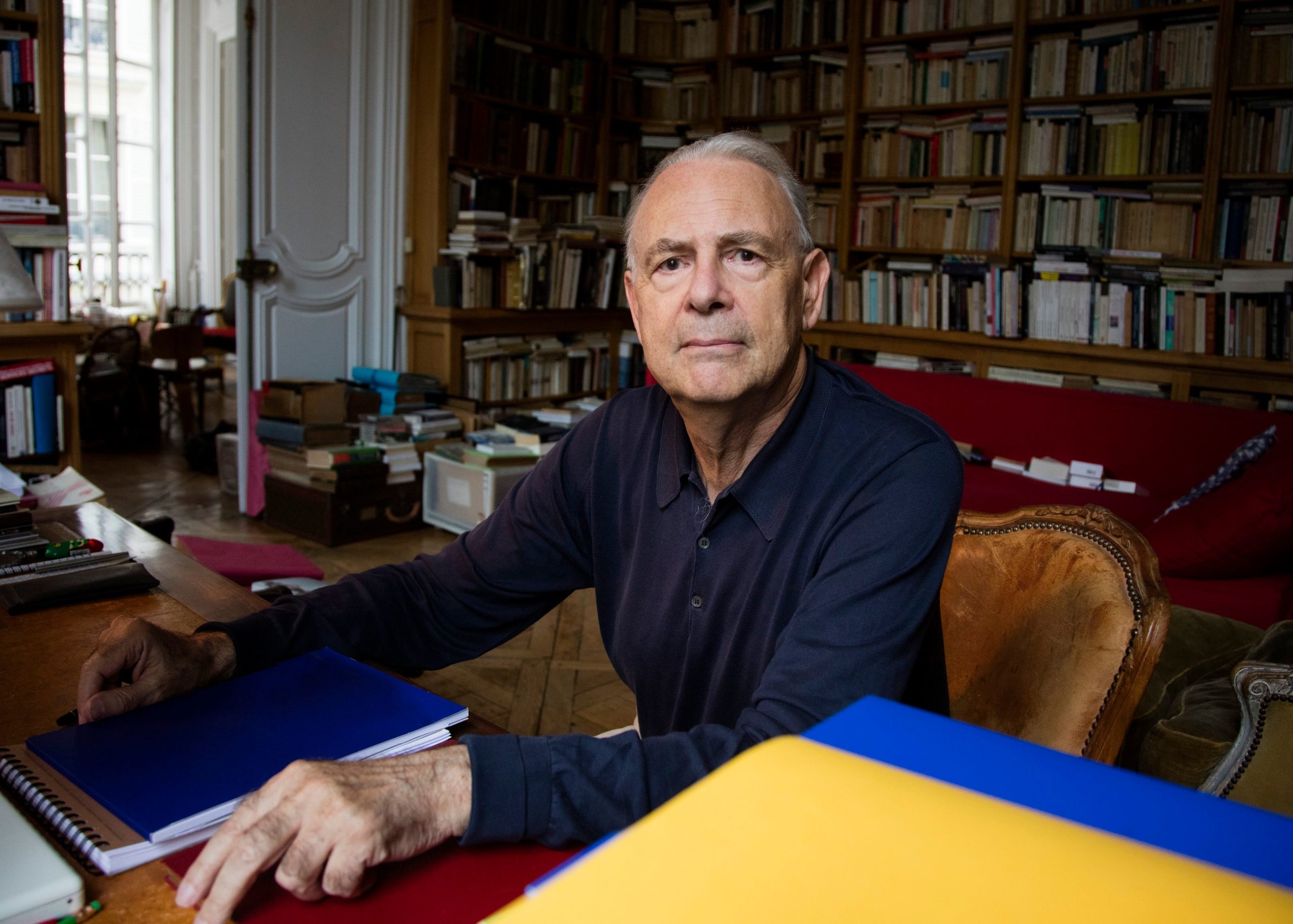
MODIANO, Patrick, writer. 2014.
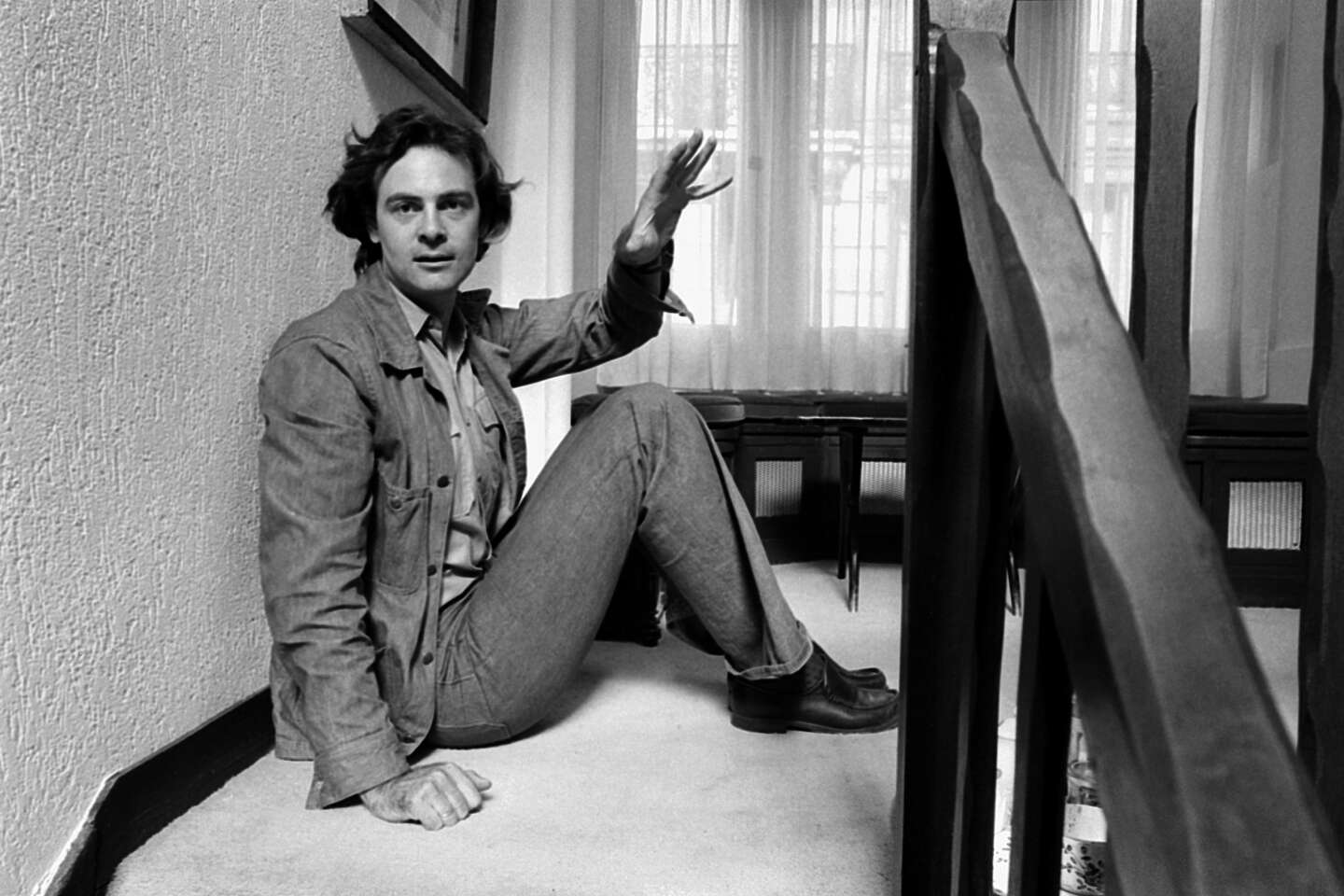
MODIANO, Patrick writer. Paris-France. 11 September 1975.
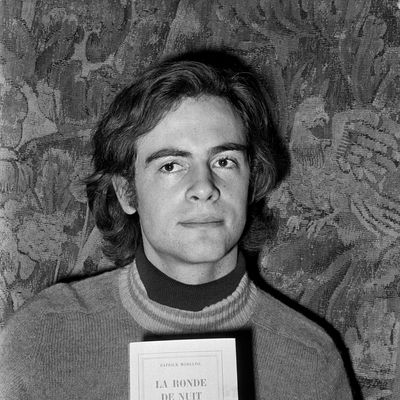
MODIANO, Patrick, writer. December 1969.
- COTTON« Soft, but with weight. Relaxed, but never shapeless. It carries memory in its creases. »
- LUCIAN FREUD« from borrowed suits to bespoke tailoring, Freud’s fashion choices evolved with his art »
- DAVID LYNCH« The oddest of Americans, the most American of oddballs, Lynch was a man with a uniform. »
- THE FLARED TROUSER
